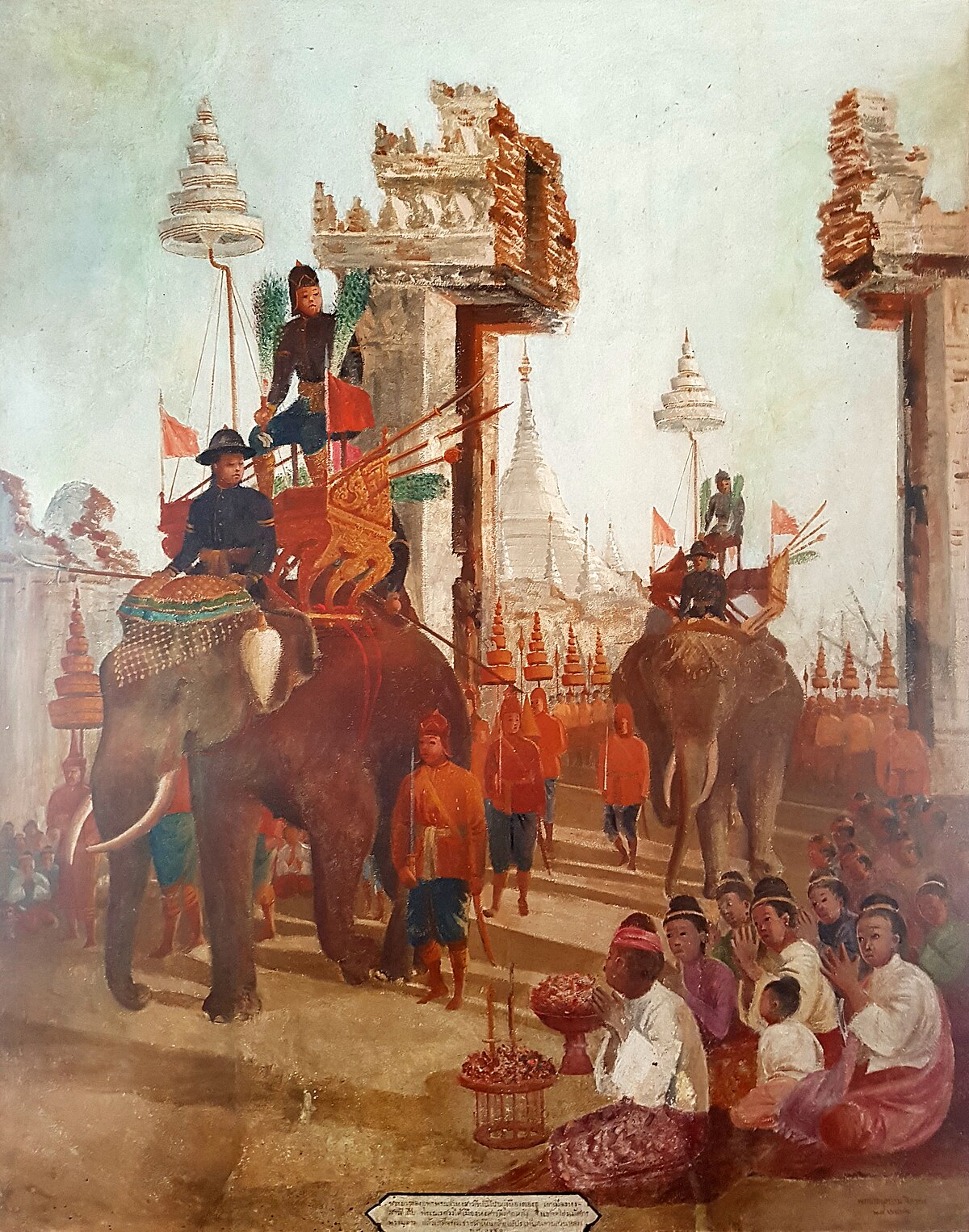
Decline and Fall of Khmer Empire
Angkor Wat, Krong Siem Reap, CBy the 14th century, the Khmer Empire or Kambuja had suffered a long, arduous, and steady decline. Historians have proposed different causes for the decline: the religious conversion from Vishnuite-Shivaite Hinduism to Theravada Buddhism that affected social and political systems, incessant internal power struggles among Khmer princes, vassal revolt, foreign invasion, plague, and ecological breakdown. For social and religious reasons, many aspects contributed to the decline of Kambuja. The relationship between the rulers and their elites was unstable – among the 27 rulers of Kambuja, eleven lacked a legitimate claim to power, and violent power struggles were frequent. Kambuja focused more on its domestic economy and did not take advantage of the international maritime trade network. The input of Buddhist ideas also conflicted with and disturbed the state order built under Hinduism.[53]
The Ayutthaya Kingdom arose from a confederation of three city-states on the Lower Chao Phraya basin (Ayutthaya-Suphanburi-Lopburi).[54] From the fourteenth century onward, Ayutthaya became Kambuja's rival.[55] Angkor was besieged by the Ayutthayan King Uthong in 1352, and following its capture the next year, the Khmer king was replaced with successive Siamese princes. Then in 1357, the Khmer king Suryavamsa Rajadhiraja retook the throne.[56] In 1393, the Ayutthayan king Ramesuan besieged Angkor again, capturing it the next year. Ramesuan's son ruled Kambuja for a short time before being assassinated. Finally, in 1431, the Khmer king Ponhea Yat abandoned Angkor as indefensible, and moved to the Phnom Penh area.[57]
Phnom Penh first became the capital of Cambodia after Ponhea Yat, king of the Khmer Empire, moved the capital from Angkor Thom after it was captured and destroyed by Siam a few years earlier. Phnom Penh remained the royal capital for 73 years, from 1432 to 1505. In Phnom Penh, the king ordered the land to be built up to protect it from flooding, and a palace to be built. Thus, it controlled the river commerce of the Khmer heartland, upper Siam and the Laotian kingdoms with access, by way of the Mekong Delta, to the international trade routes that linked the Chinese coast, the South China Sea, and the Indian Ocean. Unlike its inland predecessor, this society was more open to the outside world and relied mainly on commerce as the source of wealth. The adoption of maritime trade with China during the Ming dynasty (1368–1644) provided lucrative opportunities for members of the Cambodian elite who controlled royal trading monopolies.
